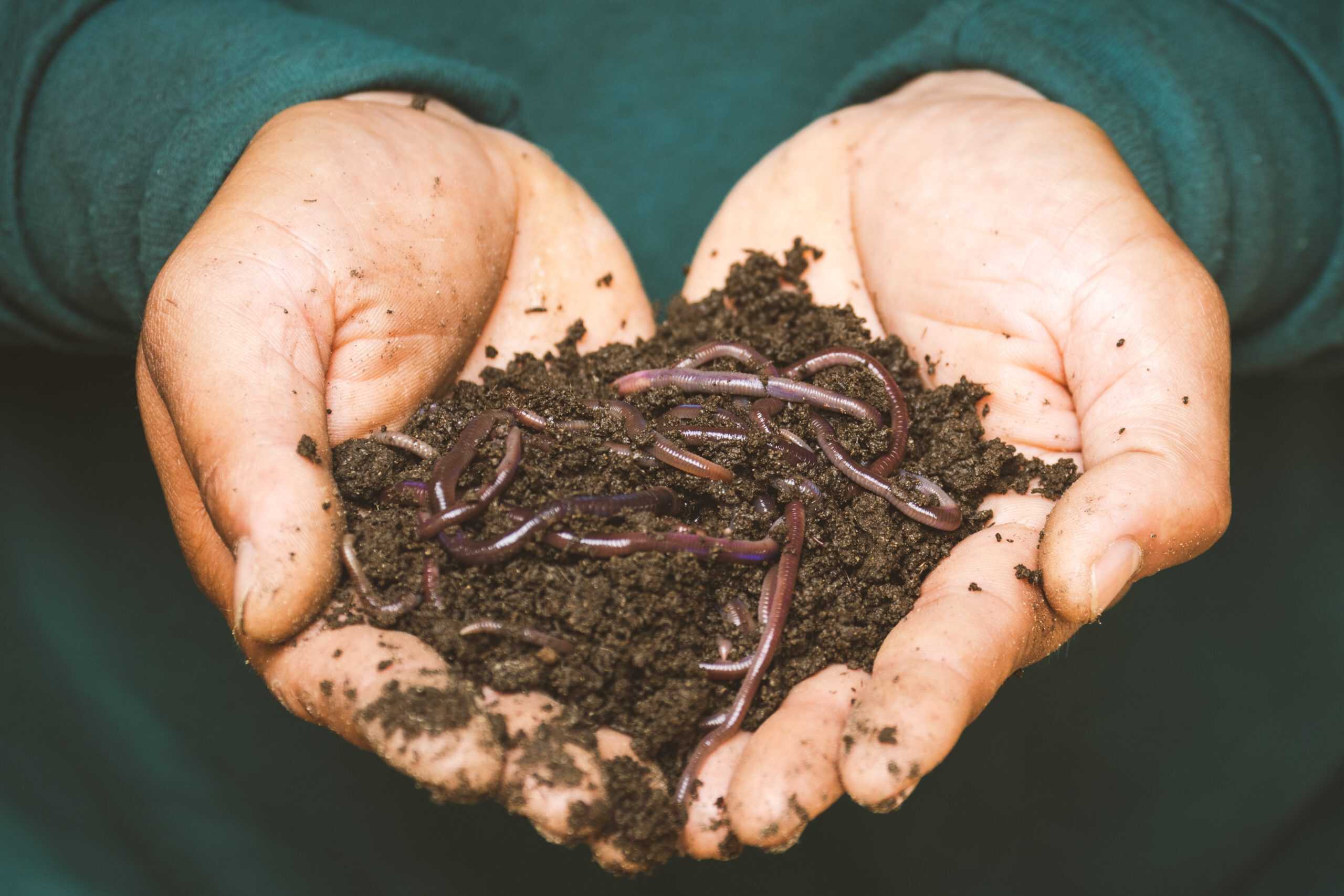How to Grow Ginger and Turmeric at home: From Start to Finish
Ginger and turmeric are two incredibly versatile and health-promoting plants that are surprisingly easy to grow at home. Whether you’re looking to add a zesty ginger kick to your dishes or the earthy warmth of turmeric, this guide will walk you through everything you need to know—from selecting the right rhizomes to harvesting your bounty.
1. Selecting Your Ginger or Turmeric Rhizomes
Start by choosing organic ginger or turmeric from the store. There’s no need to buy special varieties—most store-bought ginger and turmeric will sprout as long as the rhizome is healthy. Organic is preferable because non-organic rhizomes are often treated with growth inhibitors, chemicals designed to prevent sprouting. If you cannot find organic options, clean the rhizomes gently using natural soap and a soft sponge to wash away any chemicals.
What is a Growth Inhibitor?
A growth inhibitor is a chemical applied to certain produce to delay sprouting. It’s commonly used to extend shelf life but can prevent your ginger or turmeric from growing. Washing the rhizomes carefully helps remove these inhibitors.
2. Encouraging New Growth
If your ginger or turmeric already shows small buds or “eyes,” you’re off to a great start! If not, place the rhizomes in a cool, dark cupboard for a few weeks until new growth appears. Look for small green or yellowish buds forming from the “eyes” of the rhizome—these are your future plants.
Once new growth is visible, place the whole rhizome in a container and cover it halfway with water. In a few weeks, roots will form. When the roots reach about 1-2 inches (2.5-5 cm), you’re ready to plant.
3. Prepping for Planting
You now have two options: plant the whole rhizome or divide it for multiple plants.
- For Whole Rhizomes: Simply plant the entire rhizome in soil, either in a pot or directly in the garden.
- For Divided Rhizomes:
Using a sterilized knife (cleaned with 95% alcohol), cut the rhizome into 1-2 inch (2.5-5 cm) sections, each containing some new shoots and roots. Allow the cuts to dry and callous over for 2 days. Keep the roots hydrated but ensure the cuts remain above the water to prevent rotting.
4. Planting Your Ginger or Turmeric
The optimal time for planting is early spring, as turmeric thrives in warm to hot temperatures. You can either plant in pots or directly in your garden.
In a Pot:
- Use a mix of 45% potting soil, 45% compost, and 10% perlite. The perlite ensures good drainage and aeration.
- Example: In a 100L pot, add 45 liters of potting soil, 45 liters of compost, and 10 liters of perlite.
In the Garden:
- Ensure your soil has good drainage. If your soil is compact or clay-rich, it’s best to amend it with compost.
- Plant ginger or turmeric directly into your compost-amended veggie beds for best results.
For more details on preparing your beds, check out our post on Building Healthy Topsoil.
5. Growing Conditions
Ginger and turmeric thrive in specific conditions:
- Sunlight: Prefer partial shade but can tolerate full sun in cooler climates.
- Soil: Loose, rich, well-drained soil with a slightly acidic to neutral pH (5.5 to 6.5).
- Temperature: Ideal growing temperatures range from 24°C to 29°C (75°F to 85°F). Ensure temperatures don’t drop below 10°C (50°F), as they are sensitive to cold.
6. Watering and Humidity
- Moisture: Keep the soil consistently moist but not soggy. Water whenever the top inch of soil feels dry.
- Humidity: These tropical plants prefer a humid environment. Misting the plants in dry climates can help replicate their natural environment.
7. Fertilization
Ginger and turmeric benefit from regular feeding:
- Organic Fertilizer: Incorporate well-rotted compost or manure into the soil before planting.
- Ongoing Care: Feed your plants every few weeks with a balanced liquid fertilizer or compost tea. Start with a nitrogen-rich fertilizer to boost leafy growth, then switch to a phosphorus-rich one to support rhizome development.
8. Mulching and Maintenance
Mulch heavily with straw or grass clippings to:
- Retain moisture
- Regulate soil temperature
- Suppress weeds
Weeding is important, as ginger and turmeric don’t like competition. Regularly remove any dead or yellowing leaves to maintain healthy photosynthesis and promote rhizome development.
9. Time to Harvest
Ginger and turmeric are slow-growing, so patience is key:
- Initial Growth: You’ll see shoots emerge in about 2-3 weeks.
- Full Maturity: Ginger takes about 8-10 months to mature. The leaves will start to yellow and die back when it’s time to harvest, typically in late summer or early fall.
- Early Harvest: If you prefer “baby” ginger, you can harvest as early as 4-6 months after planting.
10. Additional Tips for a Healthy Harvest
- Keep Soil Moist: Water regularly, but avoid waterlogging.
- Control Weeds: Keep your garden weed-free to avoid competition for nutrients.
- Monitor Growth: Cut back any dead or yellowing leaves to encourage rhizome growth.
By following these steps, you’ll be able to grow ginger and turmeric successfully, yielding fresh, flavorful roots for your kitchen. If you’d like tips on preserving your root ginger or turmeric, search for our post on Preserving Produce. 🌱 Happy gardening!






